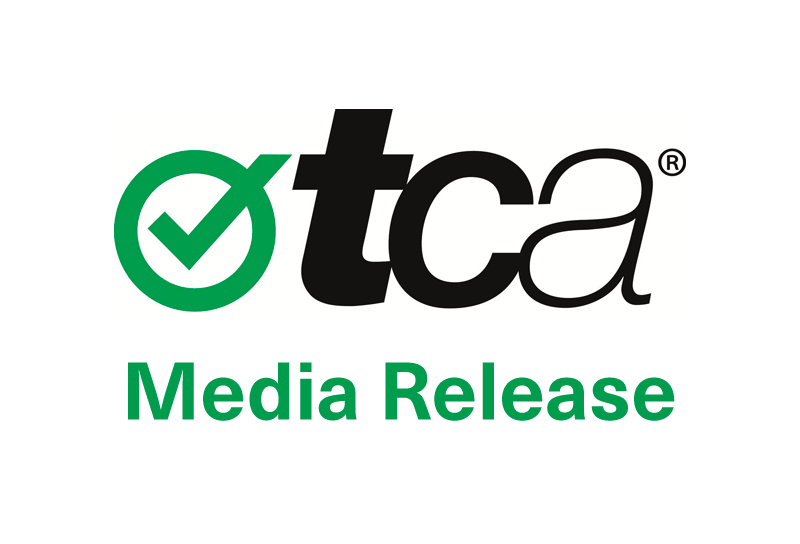Certified Telematics Apps Drive Productivity Reforms

Transport Certification Australia (TCA) has highlighted the availability of an updated Australian bridge standard which leads the way for enhanced access to drive productivity.
The Australian Standard for bridge assessment (AS 5100.7:2017) – which was developed in conjunction with Austroads – incorporates reduced traffic load factors1 for vehicles monitored with TCA certified telematics apps – namely, the Intelligent Access Program (IAP) and On-Board Mass (OBM).
AS 5100.7:2017 is the national standard for assessing bridge infrastructure, and forms part of the national Bridge Design series.
The Acting Chief Executive Officer, Gavin Hill, said, “AS 5100.7:2017 highlights how the availability of reliable and accurate vehicle location, mass and configuration information – provided through certified telematics apps – can enable improved productivity outcomes.”
“The availability of certified telematics apps allows road managers to make access decisions which can increase mass loadings of heavy vehicle combinations,” Mr Hill said.
“Fundamentally, AS 5100.7:2017 provides the ability to ‘re-engineer’ the use of bridges, by relying on trusted sources of telematics information,” Mr Hill said.
“The updated standard also notes that load factors can be further reduced, provided a vehicle speed limit is specified.”
“With this in mind, TCA recently introduced a Low Speed Guidance app – as part of the National Telematics Framework – which measures vehicle speed using GPS at low speeds. The new app allows road managers to obtain reports on heavy vehicle speed when crossing speed-restricted bridges.”
“The ability to optimise the use of bridge infrastructure using certified telematics apps in this way can unlock heavy vehicle access arrangements, which would not otherwise be possible.”
This message was a key presentation by TCA’s Chief Executive Officer, Chris Koniditsiotis at the recent ITS World Congress in Montreal, Canada last month. It was also a subject of discussion at the Weigh-In-Motion (WIM) Forum held in Brisbane on 11-12 September.
During October TCA announced that it had received five applications for type-approval of On-Board Mass (OBM) Systems. Type-approval represents a major step forward in establishing performance-based outcomes for the accuracy, integrity, scalability and interoperability of OBM systems which can satisfy the needs of both industry and government,” Mr Hill said.
As OBM Systems become type-approved, end-users will benefit from having competition and choice through an open technology market.
1 Traffic load factors for the Ultimate Limit State (ULS)